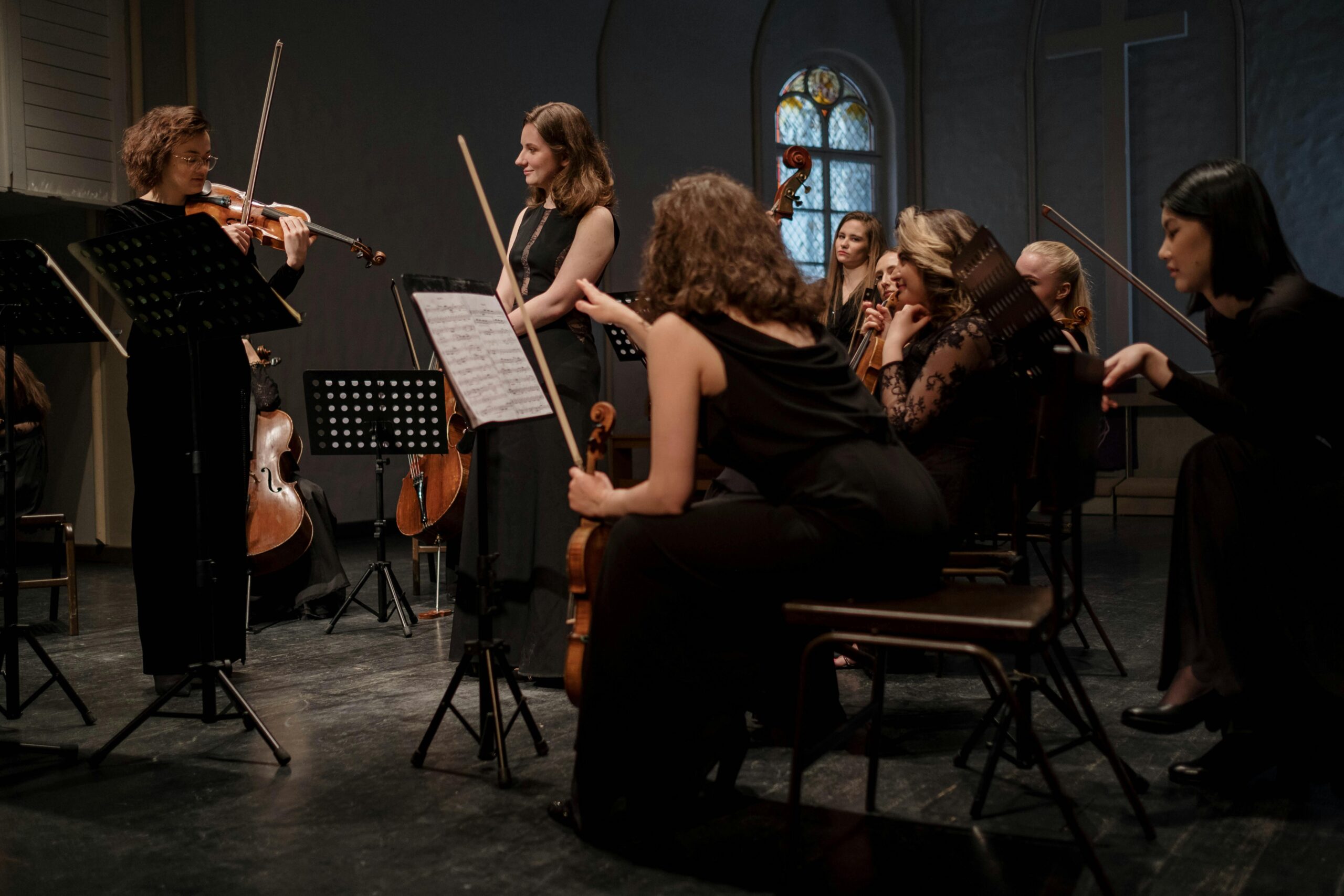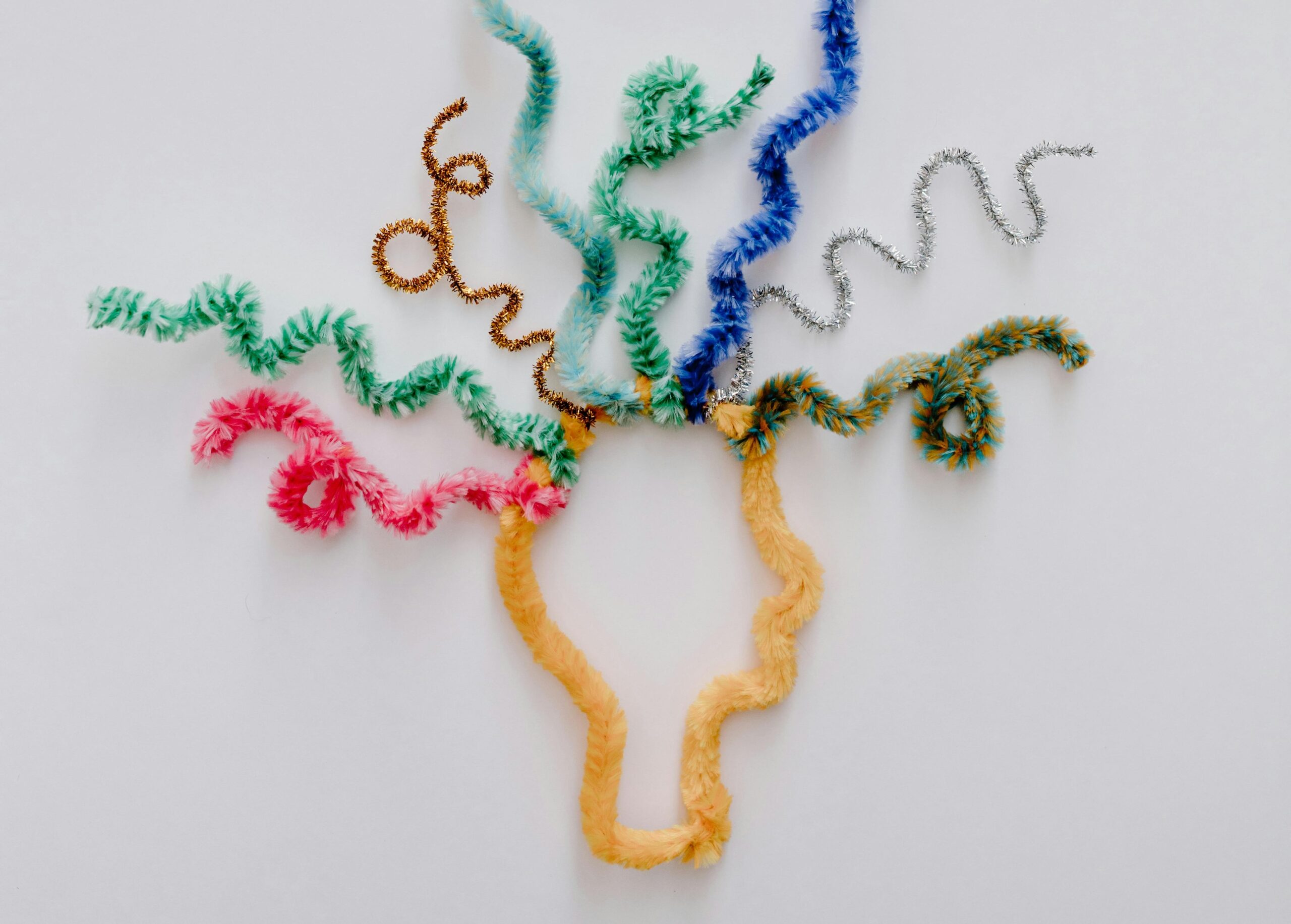
Reading V4-8

READING PASSAGE 1
You should spend about 20 minutes on Questions 1-13, which are based on Reading Passage 1
The Māori are the indigenous people of the islands of New Zealand. Their traditional medicine, which is believed to date back as far as the 13th century, was a system of healing that was passed down through the generations orally. It comprised diverse practices and placed an emphasis on the spiritual dimension of health. Its practice included remedies made from herbs, and physical therapies such as massage to relieve discomfort in the muscles and bones.
Maori systems for treating illness were well developed before European arrived in New Zealand in the late 1700s; they had quite detailed knowledge of anatomy and recognition of the healing properties of various plants. When Europeans first visited New Zealand, the average age of death for Māori adults was around 30. However, apart from this, the people were fit and healthy, and troubled by few diseases.
Illness was often seen as spiritually based. Māori saw themselves as guardians of the earth, and the focus of their existence was to remain at one with the natural and supernatural world. Rather than a medical problem, sickness was often viewed as a symptom of disharmony with nature.
In Māori culture, illnesses were divided into diseases of the gods (mate atua) and physical diseases (mate tangata). Diseases sent by the gods were often attributed to attacks by evil spirits, because the person had broken a religious rule. For instance, for Māori, places where people had died, or places where their ancestors were buried were sacred; so if someone took food from a river where someone had died, or took a stick from a tree that had held their ancestor’s bones and placed it on a cooking fire, it was believed that the gods could punish them for their disrespectful acts by making them sick.
More than 200 plants were used medicinally by Māori. The leaves of the flax plant were used to treat skin infections and food poisoning, and the hard part of the leaf was also used as a splint or brace for broken bones and injured backs. Flax fibres were used along with a sharpened stick to sew up bad cuts. The bark and leaves of the pepper tree were used to heal cuts, wounds, and stomach pain. People who had toothache were instructed to chew the leaves of this same tree, and this was found to be of considerable benefit. The pepper tree was also used in vapour baths to treat people with painful joints.
Colonization by Europeans in the 1800s had a significant effect on traditional Māori healing. Europeans brought many new diseases with them which Māori healers had limited ability to combat. Though Western medicine was also relatively ineffectual at the time, this failure still strongly affected Māori confidence in their healers. Some western missionaries attributed the spread of disease to the fact that the Māori did not believe in Christianity, and as Māori healers appeared powerless, many Māori accepted this explanation and turned to Christianity. Over time the schools of higher learning which had trained healers started to close and the tradition of the Māori healer declined.
From the late 20th century, there was renewed Māori interest in their traditional medicine. This was due to several factors. There was a resurgence of all aspects of Māori culture in New Zealand. Furthermore, people started to be less trusting of Western medicine – statistics from the 1970s came out revealing that Māori health continued to be poorer than that of other New Zealanders. There were also problems with access to health care for Māori. Additionally, there was and still a today a perceived lack of a spiritual dimension in Western health services.
Although Māori today largely accepted Western concepts of health and illness, and use the mainstream health system, there is significant demand for traditional medicine. This is true for unusual illnesses, or those that fail to respond to standard medical treatment, but also for common ailments such as the cold and influenza. Today’s healers differ significantly from those of old times. Training is highly variable, usually informal, and often less tribally bound than the rigorous education of the traditional houses of higher learning. Many modern healers work in urban clinics, some alongside mainstream health professionals. They experiment, incorporating knowledge from Western and other medical systems. As a result, their modern day work has no standard system of diagnosis or widespread agreement about treatments. Despite this, many healers are recognized as having knowledge and ability that has been passed down from their ancestors. The Māori language is also seen as important by many of those receiving treatment.

READING PASSAGE 2.
You should spend about 20 minutes on Questions 14-26, which are based on Reading Passage 2
A The production of any great art form, and classical music is no exception, does not usually occur in a society dominated by the basic material demands of food and shelter. Art and music have flourished in those periods of history, and those parts of society, in which the luxury of free time and material wealth has allowed such a culture to take precedence over more material matters. In the medieval European world, it was thus primarily in the closed communities of the church and monastery, and royal courts that music, literature and learning were able to flourish.
B It was until the 18th century that this situation changed to any great extent, and the rise of an economically independent middle class meant that concert going became a public activity for anyone who cared to buy a ticket. It is worth remembering that the idea of classical music widely accepted today did not exist until about 300 years ago. Performing music in concert halls to a paying audience, as something inherently pleasurable and significant, was pretty much unheard of until the 18th century, and not widely established until the 19th. The concert venue, the audience, and the idea of ‘masterpieces’ of classical music, were all effectively invented during the course of the 18th century – in London, Paris, Vienna, Berlin and other European cities where the arts in general were blossoming.
C Today, music that was originally written for a concert venue may appear, out of its original context, in an advert or film. Conversely, music written specifically for films is sometimes performed live. But nothing has changed music over the last century more radically than the invention and dissemination of recording technologies. However, although Thomas Edison originally developed the photograph in 1877, and wax cylinders were used as early as the 1880s for recording music, commercial recordings of music were not generally available to the majority until the 1920s. From the mid-1980s onwards, the vinyl disc gradually gave way to the new technology of the CD, but just a decade later, the digital MP3 file was already displacing the CD as the favoured way to produce records music. Yet now, people have more music stored on their phones or computers – which they can call up with the touch of a finger – than world have been contained on all the metres of library shelves of a proud ‘record collector’ of the 20th century.
D Before recording, music was a social event – it involved one or more people coming together to make music. The music lasted for as long as the musicians sang or played and then it was over. Therefore, the only music that was heard tended to be composition by recent or living musicians, probably working in the locality; it was rare to hear music from a past generation, distant place or culture. Even when music became professionalized, people who wanted to listen to music went to a specific venue, at a specific time, to hear musicians create a one-off event.
E These days, however, technology makes almost all the world’s music instantly and constantly available to anyone with access to simple and cheap gadgets designed for playing it. Music thus floats free of any specific occasion or venue. It is no longer restricted to a particular audience or group of musicians. For the first time, music (any music) can be entirely personal affair. This is one of the reasons that the ‘classical’ label becomes harder to pin down. One of its distinctive aspects – a performance defined by concert halls and opera houses – is dissolved by digital recording formats. As a consequence all music, classical music included, can become any person’s soundtrack for activities such as commuting, exercising or shopping.
F The ubiquity of music as recorded sound means that it’s very easy to overlook perhaps the most definitive aspect of the classical music tradition – the fact that it is a written or notated music. Though classical music may lack a precise definition today and mean quite different things to different people, at its heart is the idea of a music that has remained viable over the years because it was written down in some form. The original of what music historians thinks of as classical music dates from the ninth century, when a system of musical notation was first developed. Before this time, singers in religious services in cathedrals or monasteries had to learn by heart a huge repertory of chants. The first attempts to notate music were intended to help them remember these. Over the next thousand years, notation became more complex, incorporating such aspects as rhythm and pitch, allowing composers to rework and refine their musical ideas. Put very simply, the history of classical music, in all its varied forms, is the history of a tradition that grew out of the possibilities of musical notation.

READING PASSAGE 3
You should spend about 20 minutes on Questions 27-40, which are based on Reading Passage 3.
The often used phrase ‘I’ll believe it when I see it’ betrays a very intimate fact of human nature. We are visual creatures and we rly on sight to serve as a judge of what is real and what is not. When discussing the intricacies of the human mind, for most of society’s existence things have not been visible; we have for the most part relied on intangible concepts, metaphors, and words to explore our inner psyche. I have no idea what my ego looks like. I must have one because it can be hurt or appeased by how others treat me. But how do I know it really exist? Recent progress in brain research and neuroimaging are changing al of this. With our modern technology of functional imaging, we can now look at the brain as it is working, and attribute activation in certain areas of the brain to behaviours, thoughts, and feelings. In essence, our new tools are prompting new thoughts on who we are and how we are organized. Rita Carter’s book, Mapping the Mind, explores these issues and exploits science’s ability to look into our heads as a tool to examine who we are.
In its most basic form, Carter’s book serves as a very accessible introduction to the subject of Neuroanatomy, a subject most of us would not appreciate fully without investing in a semester of medical school. Mapping the Mind uses beautifully rendered three-dimensional computer images of the brain to explain anatomical structures and pathways. The presentation style acknowledges our natural bias towards perceiving and learning information visually. Presenting the concept of a brain area devoted to maintaining attention by calling it the ‘anterior cingulate cortex’ would probably put most readers to sleep while their brains struggled to use that area to focus on what the name meant. Showing the reader a three-dimensionally-oriented area that easily translates to a place we can point to on our skulls grounds the anatomical vocabulary in something we can all understand—our own heads.
In spite of the title, however, the book is not an exact map or a reference guide. Its chapters cover concepts such as perception, emotions, memory, and higher consciousness, and are best read rather than referenced. The book, beautifully accented with brain-oriented artwork of both pure esthetic and illustrative value, walks a pleasing line between college textbook and coffee table art book, describing the subtle nuances of vision, language, thought, and feeling with science and art.
While the art requires no explanations, Carter uses her background as a journalist to keep the reader engaged in the science. Factual support in the form of documented cases is liberally employed to show the abstract concepts in recognizable behaviors and consequences we can all relate to. For example, in describing brain circuitry involved in controlling anger, Carter uses familiar situations, like suppressing anger when we feel we have been insulted, to illustrate the neuroscience involved. She follows with a discussion of children’s emotional maturity, pointing out that in children the areas involved in inhibition of anger are not as well developed as in adults, providing an explanation for the tantrums of a six-year-old. Carter presents the science in an engaging yet factual manner, allowing people to draw their own conclusions and connect the dots between scientific discovery and what it means in our daily lives.
By presenting neuroscience in this manner, Mapping the Mind seems to aim itself at an audience that is often forgotten: the general reader who wants to know more about a specific area of scientific study. From a scientific perspective, danger often lurks when writing for a general audience as scientific credibility can be sacrificed in order to keep readers engaged. Carter circumvents this problem by including the participation of research scientists in the writing. The book is littered with short directed essays written by specialists in specific areas of brain research.
One of my favorite features of the boo is the optical illusions. As a teacher, I am always searching for ways to make information relevant to the reader. Mapping the Mind does this by peppering appropriate chapters with optical illusions that illustrated how the brain processes information. These delicious enigmas do not stand alone as supplementary information or unrelated facts but are accompanied by textual explanations and insights into what causes the perceptual incongruities. I found many of these explanations so good at conveying basic brain principles that I borrowed some of them for use in lecturers.
From our unique place history we can, at present, use our overly developed neo-cortex in combination with the tools of science to examine our own minds at work. Our journey is to try and figure out who we are. Rather than providing us with an academic textbook, Mapping the Mind serves as a sort of kiosk map saying ‘you are here’ with a big red dot. Mapping the Mind shows us where we are by giving us a snapshot of how we work. There are many books out there that explain the mind. The unique perspective of this book is that it uses the brain itself to guide the journey.
This quiz is for logged in users only.